simond
Western Thunderer
You’re using Chitubox, and the basic program has a “detect islands” button, top left on one of the screens.
It takes a few minutes. I do it for each piece in turn. Once you’ve detected the islands, you can scroll through the model layer by layer (there’s a “jump to“ function which helps) to understand what’s not properly supported.
You absolutely need to do that. It will highlight unsupported bits of your model, these must be fixed, by getting the orientation and supports right. Choose the orientation to minimise dustortion, or to avoid supports on visible faces, then sort out supports, to ensure you have no islands. It takes ages on complicated parts, but it is a key step in the printing process.
If you don’t do that, no amount of luck will help!
An aside. The parallel part of your clock support might be easier as a bit of K&S brass tube. The cast detail bits can be printed, and just slide on. Of course, that’s not going to work if it’s tapered..
It takes a few minutes. I do it for each piece in turn. Once you’ve detected the islands, you can scroll through the model layer by layer (there’s a “jump to“ function which helps) to understand what’s not properly supported.
You absolutely need to do that. It will highlight unsupported bits of your model, these must be fixed, by getting the orientation and supports right. Choose the orientation to minimise dustortion, or to avoid supports on visible faces, then sort out supports, to ensure you have no islands. It takes ages on complicated parts, but it is a key step in the printing process.
If you don’t do that, no amount of luck will help!
An aside. The parallel part of your clock support might be easier as a bit of K&S brass tube. The cast detail bits can be printed, and just slide on. Of course, that’s not going to work if it’s tapered..

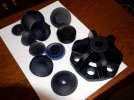
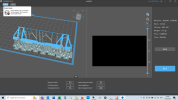
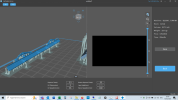
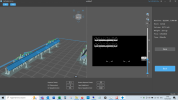
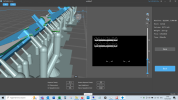
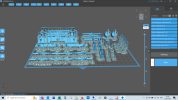
 . I'm pretty sure I'll give up with Chitubox. I suspect that my 8 year old MacBook pro is a bit underpowered, although Fusion360 runs fine.
. I'm pretty sure I'll give up with Chitubox. I suspect that my 8 year old MacBook pro is a bit underpowered, although Fusion360 runs fine.